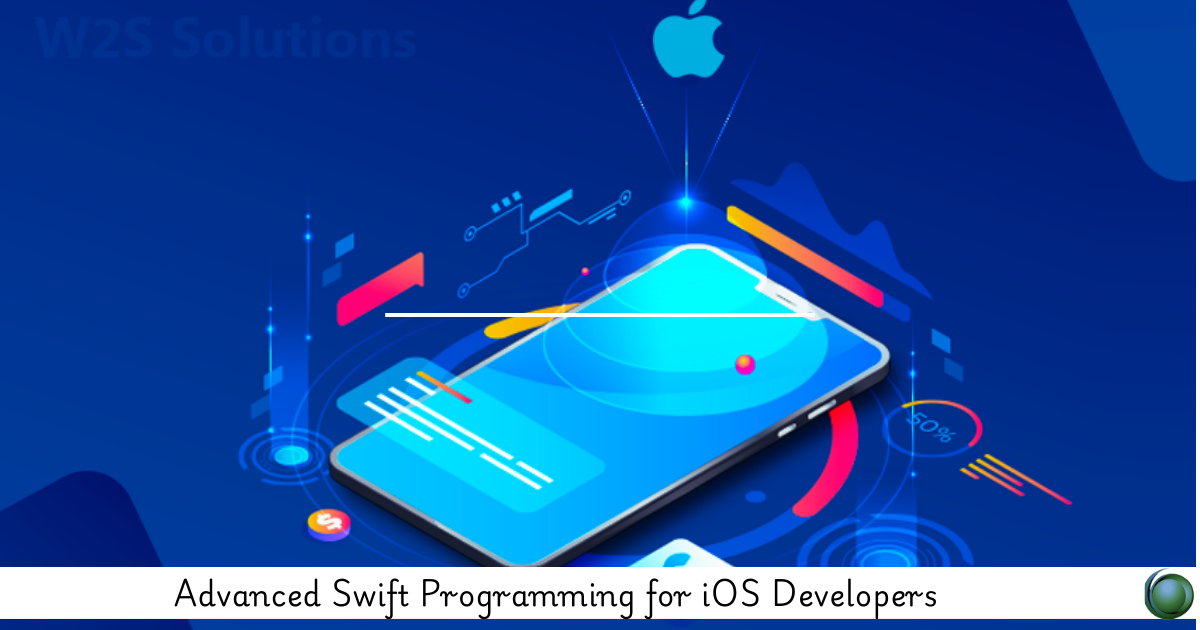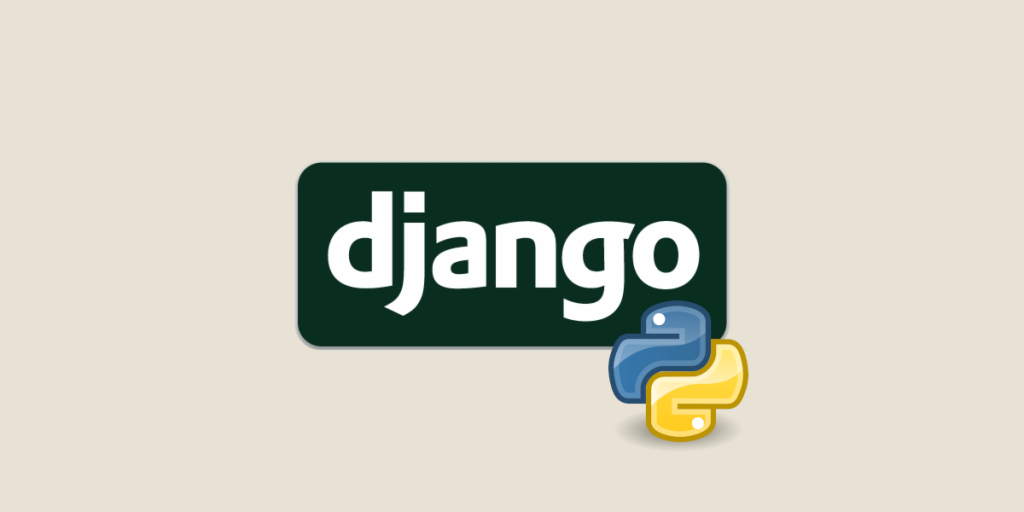Description
Introduction
Swift is a powerful and intuitive programming language for iOS, macOS, watchOS, and tvOS development. This course is designed for iOS developers who already have a solid foundation in Swift and want to deepen their knowledge and skills. It explores advanced concepts, techniques, and best practices that will enable developers to build high-performance, scalable, and efficient iOS applications. Whether you’re enhancing your app’s performance, mastering concurrency, or designing elegant data structures, this course will take your Swift programming skills to the next level.
Prerequisites
- Strong knowledge of Swift fundamentals
- Experience in building iOS apps using Swift
- Familiarity with Xcode IDE and iOS SDK
- Understanding of object-oriented programming and functional programming concepts
Table of Contents
- Advanced Swift Syntax and Language Features
1.1 Closures and Capture Lists
1.2 Advanced Enum and Struct Techniques
1.3 Protocol-Oriented Programming
1.4 Associated Types and Generics
1.5 Advanced Error Handling with Custom Errors - Memory Management and Performance Optimization
2.1 Understanding Swift’s ARC (Automatic Reference Counting)
2.2 Retain Cycles and Memory Leaks: Detection and Prevention
2.3 Optimizing App Performance with Lazy Loading and Caching
2.4 Using Instruments for Profiling and Performance Tuning
2.5 Understanding Memory Layout and Data Alignment - Concurrency and Multithreading in Swift
3.1 Grand Central Dispatch (GCD) for Asynchronous Programming
3.2 Using Operations and OperationQueues for Concurrency
3.3 Swift Concurrency Model: Async/Await (Swift 5.5+)
3.4 Synchronization and Data Protection in Multithreaded Apps
3.5 Managing Background Tasks and App Lifecycle - Design Patterns for iOS Development
4.1 Singleton, Delegate, and Observer Patterns
4.2 Factory and Builder Design Patterns
4.3 Model-View-ViewModel (MVVM) for Swift Apps
4.4 Dependency Injection and Inversion of Control (IoC)
4.5 Protocol-Oriented Design for Scalable Code - Swift and UIKit: Advanced UI Techniques
5.1 Custom Views and Animations in Swift(Ref: Integrating APIs and Databases in iOS Apps with Swift)
5.2 Advanced Table Views and Collection Views
5.3 Auto Layout with Constraints and Dynamic Layouts
5.4 Working with View Controllers and Navigation Stacks
5.5 SwiftUI vs UIKit: Integrating the Two Frameworks - Handling Asynchronous Data and Networking
6.1 Using URLSession for Networking in Swift
6.2 JSON Parsing with Codable and Custom Parsers
6.3 WebSockets and Real-time Networking with Swift
6.4 Managing Network Requests with Combine Framework
6.5 Background Fetch and Remote Notifications in Swift - Advanced Data Structures and Algorithms
7.1 Using Advanced Collections: Set, Dictionary, and Queue
7.2 Custom Data Structures: Linked Lists, Stacks, and Trees
7.3 Sorting and Searching Algorithms in Swift
7.4 Graph Algorithms and Pathfinding Techniques
7.5 Optimizing App Performance with Algorithmic Improvements - Swift for Cross-Platform Development
8.1 Developing iOS, macOS, and watchOS Apps with Shared Code
8.2 Using Swift for Server-Side Development with Vapor
8.3 Integrating Swift with Third-Party Libraries and SDKs
8.4 Creating and Managing Cross-Platform Frameworks
8.5 Understanding Swift’s Role in SwiftUI for Multiplatform Apps - Testing and Debugging Advanced Swift Code
9.1 Writing Unit Tests and Test-Driven Development (TDD) in Swift
9.2 Debugging Swift Code in Xcode and Instruments
9.3 Performance Testing with XCTest and XCUITest
9.4 Handling Edge Cases and Race Conditions
9.5 Advanced Logging and Crash Reporting - Deployment and Code Optimization for App Stores
10.1 Optimizing Swift Code for App Store Review and Submission
10.2 Reducing App Size with Swift Optimization Techniques
10.3 Managing App Dependencies with CocoaPods and SwiftPM
10.4 Swift Code Signing and App Distribution
10.5 Preparing for Swift Updates and Backward Compatibility
Mastering advanced Swift techniques is essential for iOS developers aiming to create sophisticated, high-performance applications. This Swift Programming for iOS Developers course equips developers with the knowledge of advanced Swift features, best practices, and optimization strategies for building scalable iOS apps. Whether it’s fine-tuning memory management, handling concurrency, or applying design patterns, this Swift Programming for iOS Developers course provides the tools needed to take your Swift programming skills to an expert level and build outstanding iOS applications.







Reviews
There are no reviews yet.